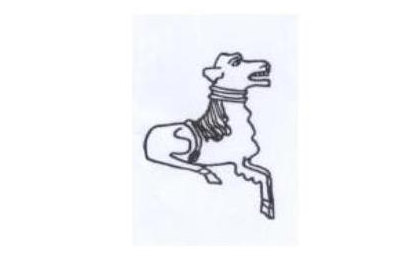






|
|
A Brief History of Codicote A few remains from prehistoric and Roman periods have been discovered in the parish, but Codicote derives its name from the cottage of Cudda in the Saxon period. In 1002 King Aethelred sold it to his “faithful minister” Aelfelm, who passed it to the Abbots of St. Albans, the owners of Codicote for the next 537 years. According to the Domesday Book, there were two corn mills and about 100 inhabitants in 1086. St. Giles’s Church was built in about 1110. The abbot obtained permission to hold a market here in 1267 and a fair in 1271, which led to the creation of the present village. The first mention of an inn on the site of the 'As You Like It' restaurant was in 1279. Important local industries at that time were cloth-making and pottery (hence “Fulling Mill” and “Potter’s Heath”). Codicote suffered in the Black Death of 1348-9 and took part in the Peasants’ Revolt in 1381. When St. Albans Abbey was dissolved in 1539 Codicote passed to Henry VIII. John Penne, his Barber-Surgeon, bought the manor in 1545. Penne’s descendants sold Codicote in 1653 to George Poyner, who shortly afterwards built Codicote Bury. Richard Hale, founder of the school of that name in Hertford, was born at Hollards, as was John Haynes, first Governor of Connecticut. The High Street became part of a turnpike road, and the 'George and Dragon' (now 'As You Like It') was an important coaching inn. Codicote Lodge was built in about 1806 and The Node in 1811. Last century many Codicote women plaited straw for Luton’s hat industry, while the present National School was founded in 1857 in Bury Lane. Welcome What's On Programme 2025-26 History of Codicote |
|
|
|
||
|
|
|
|
||||||||||||||||||
|
|
||||||||||||||||||||

| Site Map |